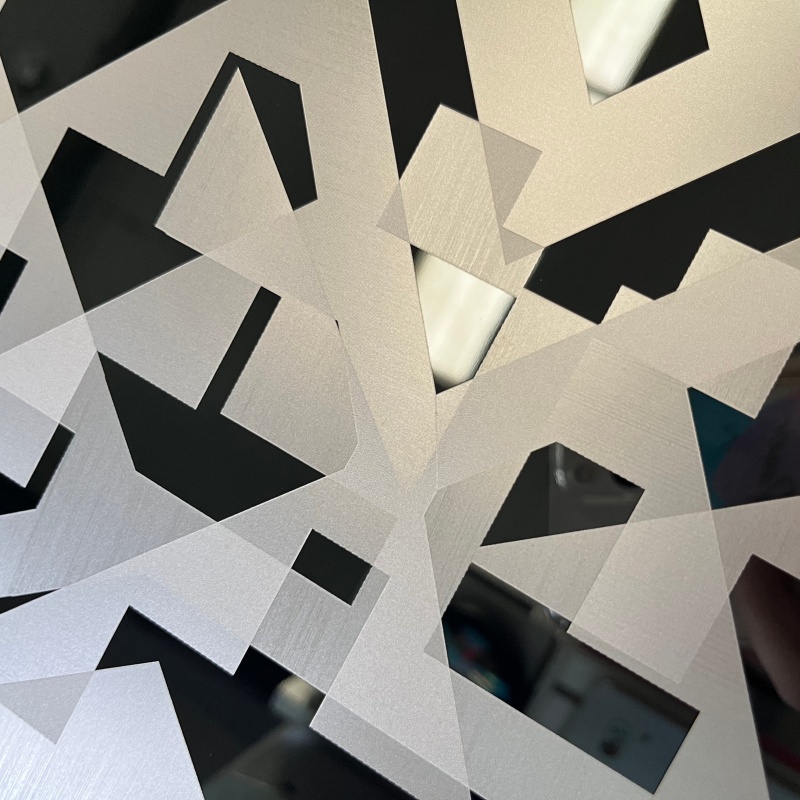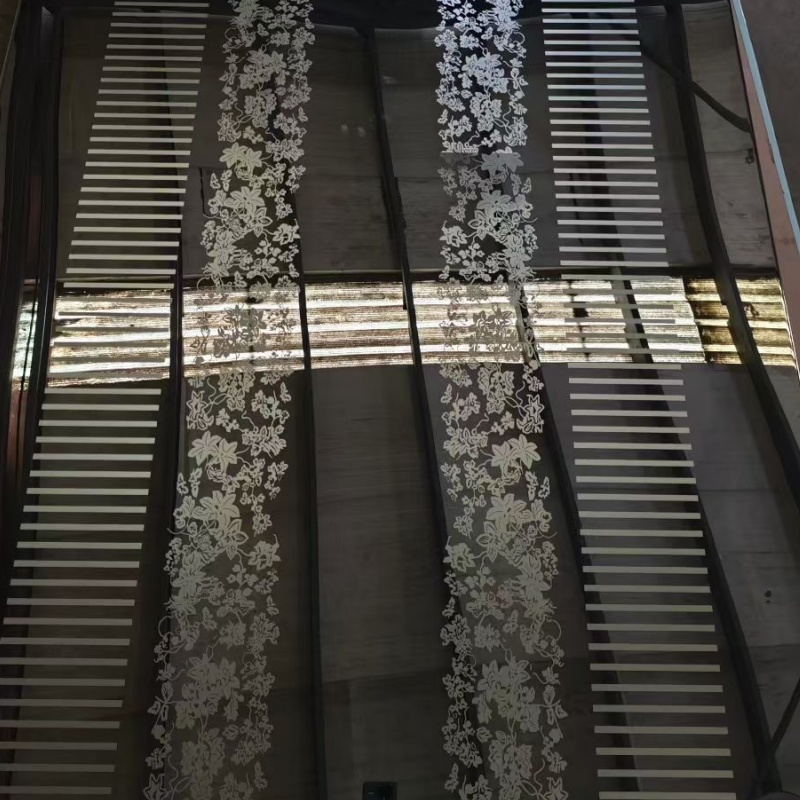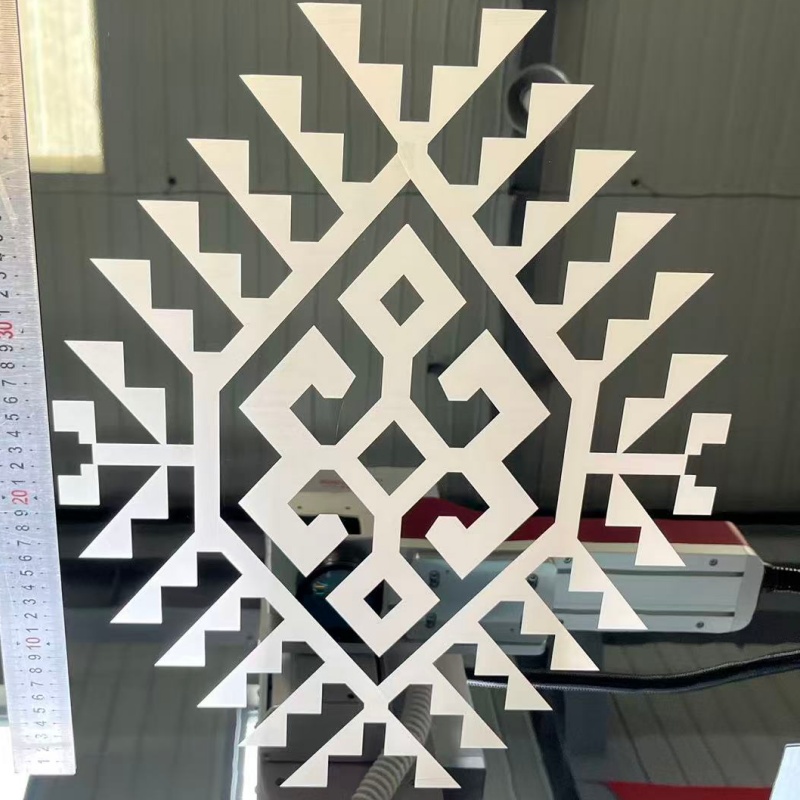In the landscape of modern manufacturing, technological revolutions often emerge from solutions that resolve long-standing industry pain points. Laser etching machines have emerged as precisely such a transformative force, reshaping production paradigms across sectors from consumer electronics to biomedical engineering. By merging ultra-high precision, material versatility, and environmental sustainability, these machines are not merely upgrading existing processes—they are redefining what’s possible in manufacturing. This article explores the core innovations driving their impact and the profound changes they bring to global industries.
The Technological Leap: Redefining Processing Standards
At the heart of laser etching’s revolution lies a fundamental break from traditional manufacturing constraints. Unlike mechanical engraving that relies on physical contact or chemical etching dependent on corrosive reagents, laser etching uses focused high-energy laser beams to modify material surfaces through thermal or photochemical effects . This shift delivers four game-changing technical advantages that traditional methods cannot match.
Precision at the microscale stands as the most striking breakthrough. Advanced picosecond and femtosecond laser systems—with pulse durations measured in trillionths or quadrillionths of a second—achieve “cold processing” that minimizes thermal diffusion . This allows etching line widths as narrow as 3–20μm, a vast improvement over the 80μm limit of traditional processes . In conductive film manufacturing, this precision translates to high-density circuits exceeding 100 lines per millimeter, critical for the miniaturization of 5G devices and wearables .
Non-contact processing eliminates two major flaws of conventional techniques: mechanical stress damage and chemical contamination. For flexible materials like PET and PI films used in foldable screens, laser etching enables bending radii as small as 5mm—far superior to the 20mm limit of mechanical methods . Graphene conductive films processed this way show surface resistance fluctuations below 3%, compared to 15% with chemical etching . This gentle yet precise approach preserves material integrity, a necessity for delicate components in medical devices and flexible electronics.
Digital flexibility transforms production agility. Traditional etching requires custom masks that take 24 hours and cost over $5,000 to replace , while laser systems switch patterns in seconds via CAD file imports supporting DXF and G-code formats . This seamless transition from prototyping to mass production is invaluable in fast-paced industries. A single-head laser etcher can operate at 1,000mm/s, and multi-head lines achieve 500 square meters per hour—scaling efficiently to meet variable demand .
Material versatility unlocks new applications across industries. Laser systems handle over 90% of industrial materials, from metal alloys (316L stainless steel, aluminum) to polymers (PDMS, PMMA) and ceramics . They etch transparent ITO glass while maintaining over 85% light transmittance , process high-temperature polyimide films with less than 0.1% dimensional change , and precisely modify nanocomposite films without damaging substrates . This adaptability turns once-challenging materials into viable options for innovation.

Cross-Industry Impact: Transforming Key Sectors
The versatility of laser etching machines drives transformation across diverse manufacturing landscapes, solving unique challenges in each sector while enabling new product possibilities.
In consumer electronics, they are the backbone of precision microfabrication. As devices grow thinner and more integrated, laser etching addresses the limitations of traditional methods for flexible and multi-layered components . For foldable smartphones, it creates conductive pathways on flexible substrates that withstand 100,000+ bending cycles . In 5G terminals, picosecond lasers etch intricate antenna structures on composite materials, boosting signal strength while reducing device size . Manufacturers report improvements from 72% to 94% and 40% shorter processing cycles after adopting laser technology .
The biomedical and semiconductor industries benefit from laser etching’s precision and cleanliness. In microfluidics, critical for lab-on-a-chip devices and MEMS sensors, lasers create 15–20μm wide channels with edge roughness under 600nm . This precision enables the miniaturization of diagnostic devices that perform blood tests with microliter sample volumes. For semiconductor packaging, laser-etched glass interposers achieve 100μm diameter through-holes with a 1:10 aspect ratio and 89°+ wall 垂直度,supporting advanced flip-chip packaging and reducing costs by 25% . The contamination-free process meets ISO 14644-1 Class 1000 cleanroom standards, essential for medical implants and electronic components .
Renewable energy manufacturing gains both efficiency and sustainability. In solar cell production, laser etching precisely patterns multi-layered structures without damaging underlying layers , improving energy conversion efficiency. For fuel cells, it creates microchannels in 316L stainless steel bipolar plates that optimize gas flow and energy output . The dry process eliminates chemical waste associated with traditional etching, reducing water usage by 80% and cutting energy consumption to a quarter of wet etching systems —aligning with global green manufacturing goals.

Beyond Production: Reshaping Industry Economics and Sustainability
Laser etching machines deliver transformative value beyond technical performance, addressing pressing economic and environmental concerns for manufacturers worldwide.
The economic benefits stem from both short-term cost savings and long-term competitive advantage. While initial equipment investment is higher, laser systems reduce operational costs through multiple channels: eliminating chemical reagent purchases and wastewater treatment fees (saving ~200 tons of water annually per machine), cutting mask production costs, and slashing material waste via 90%+ . Intelligent features like AI-powered energy compensation and automated parameter libraries reduce labor requirements—new engineers can master setup in 30 minutes . For high-value components, these efficiencies translate to faster time-to-market and higher profit margins.
Environmental sustainability is perhaps the most impactful long-term benefit. Traditional chemical etching generates toxic that harms ecosystems and requires expensive treatment. Laser etching, by contrast, produces no chemical waste and minimal particulate matter—easily filtered by 0.1μm precision systems . This alignment with global carbon reduction targets is becoming a competitive necessity as regulations tighten and consumers prioritize eco-friendly products. Manufacturers using laser technology gain access to markets with strict environmental standards while reducing their carbon footprint.
Conclusion
Laser etching machines have evolved from specialized tools to industrial cornerstones, driving transformation through precision, flexibility, and sustainability. Their ability to process diverse materials at microscale precision solves longstanding manufacturing bottlenecks, enabling innovations from foldable electronics to life-saving medical devices. By merging operational efficiency with environmental responsibility, they not only improve production metrics but also reshape industry economics.
As technology advances—with emerging developments like atomic force microscope-integrated systems pushing precision to ±1μm —laser etching will continue to redefine manufacturing possibilities. For industries navigating the demands of miniaturization, customization, and sustainability, these machines are more than equipment: they are essential catalysts for the next era of industrial innovation. In every sector they touch, laser etching isn’t just changing how products are made—it’s changing what can be made.



